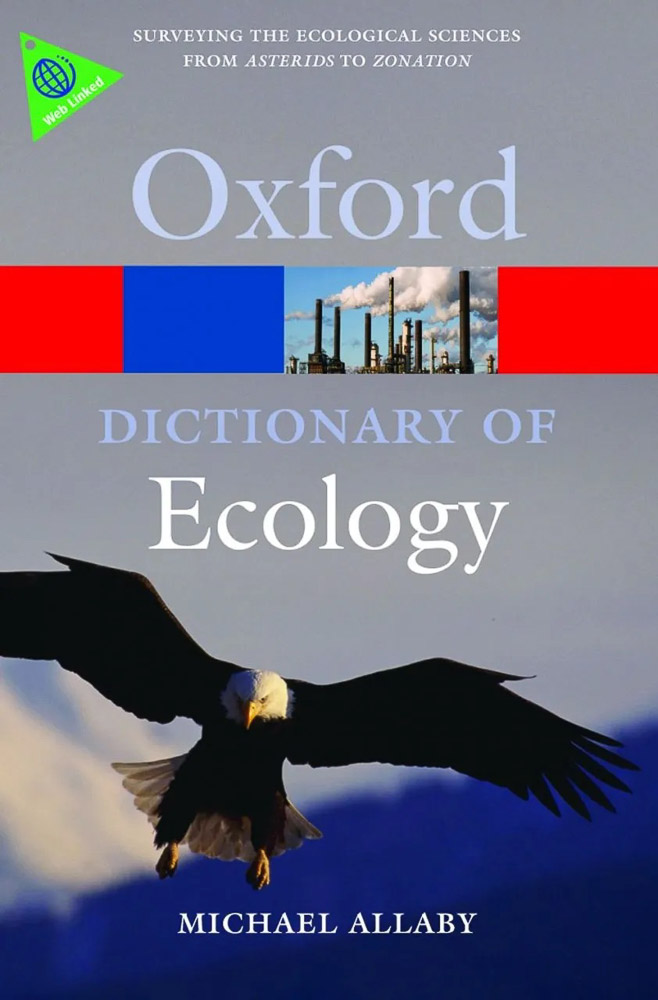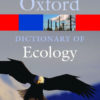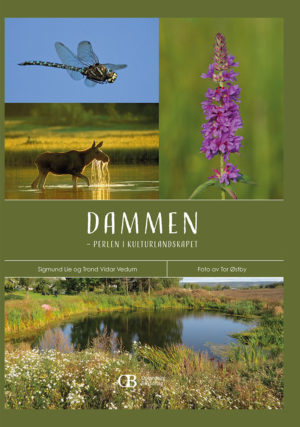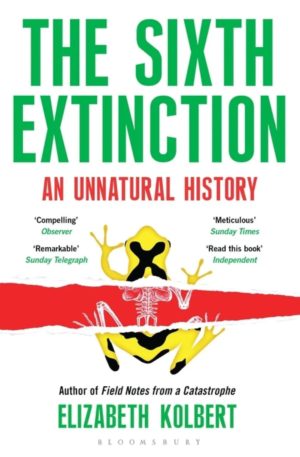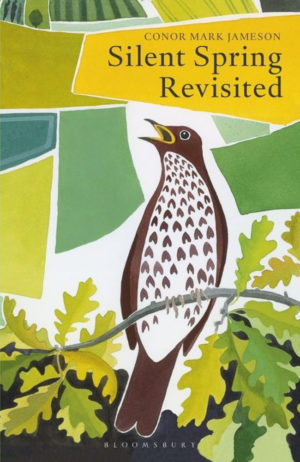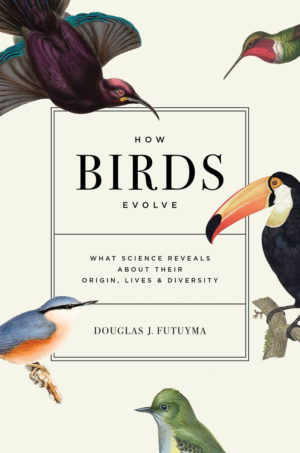- Contains over 6,000 clear and concise entries on all
aspects of ecology
- Entries supported by clear diagrams where appropriate
- Subjects covered include plant and animal physiology,
animal behaviour, evolution, environmental pollution and conservation,
climatology and meteorology, geomorphology, and oceanography
- New entries on topics such as evolution, population,
and community ecology, as well as numerous extra phyla
- Includes over 100 web-linked entries as well as a web
linked appendix of related organizations – all accessed and kept up to date via
the Dictionary of Ecology companion website
New to this edition
- Over 100 new entries, including more phyla, and
greater coverage of the topics of evolution, population, and community
ecology
- Addition of over 100 weblinks to selected entries,
accessed and kept up to date via the Dictionary of Ecology companion
website
- Web-linked appendix listing relevant organizations –
both governmental, such as DEFRA, and conservation societies such as the
WWF
authoritative dictionary of ecology available. Written in a clear, accessible
style, it contains over 6,000 entries on all aspects of ecology and related
environmental scientific disciplines such as biogeography, genetics, soil
science, geomorphology, atmospheric science, and oceanography. Coverage is
wide-ranging and includes plant and animal physiology, animal behaviour,
pollution, conservation, habitat management, population, evolution,
environmental pollution, climatology and meteorology. It also includes many line
drawings and useful appendices including estimations of population parameters,
the geologic time-scale, SI units, and – new to this edition – a web linked
appendix of relevant organizations including both governmental agencies and
conservation societies.
Fully revised, updated, and expanded, with over
100 new entries, this new edition also contains new web links for dozens of
entries – which are accessed and kept up to date via the Dictionary of Ecology
companion website. The dictionary will be invaluable to students of ecology,
biology, conservation studies, environmental sciences, and professionals in
related areas, as well as the general reader with an interest in the natural
world.
Readership: Students of Ecology and related disciplines
(including Zoology, Biology, Environmental Science, Agriculture) and
professionals working within the field.
